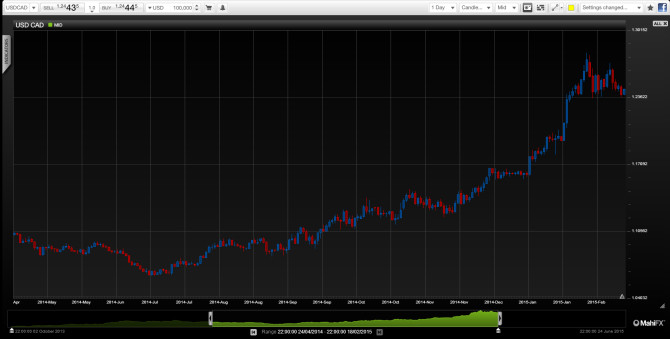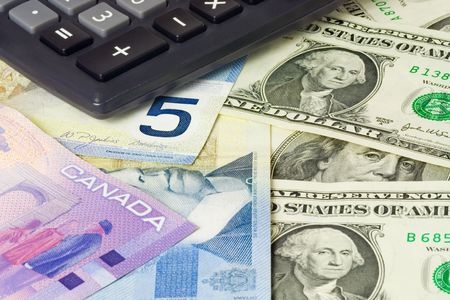Commodity currencies have made something of a comeback this month buoyed by a recovery in oil prices, but further strong gains versus USD are likely to be limited with the US interest rate cycle close to turning upwards.
Jobs growth in the US has been powering along at over 200,000 a month for a year now and stronger wage rises are starting to appear now. The US economy is looking healthy and that should mean more demand for commodities.
Indeed, oil prices have recovered some of their hefty losses and the copper market – an economic bellweather – has stabilised recently. If the recovery in commodity prices sustains its momentum – commodity currencies should follow in their wake. Certainly gains could be significant against the EUR and JPY – providing risk appetites are healthy.
But the question for USD is how much longer the US Federal Reserve can keep holding back on the first increase in interest rates. After all the US economy appears to be strengthening, pressures such as wage inflation can’t be far behind now. A rate rise this year looks very likely.
By Justin Pugsley, Markets Analyst MahiFX. Follow @MahiFX on twitter
Certainly, USD has had a phenomenal run and the recent pause appears to be natural. But the rally is unlikely to be completely dead. USD could keep on making gains until the first rate increase happens. That will be a cross roads for the USD rally as it will depend on whether the market believes it signals the beginning of a significant tightening cycle (very USD bullish) or just marks a mild tweaking of monetary policy (a big USD sell-off could follow).
USD/CAD – Pause or end of the rally?

Commodity bear markets may not be over – just yet
The other points for commodity currencies are the dynamics of the oil market. Fracking has not gone away and nor has Saudi Arabian determination to give its rivals a “good sweating” to quote John D Rockefeller’s use of low oil prices to drive his competition out of business back in his era.
At the same time the US appears to be the only major economy to be doing well. The Eurozone and Japan still look problematic and China is trying to manage a soft landing while attempting to transition towards a consumer driven economy.
In other words risks abound for the global economy. Also, it’s unclear whether the recent recovery in oil and copper prices is little more than a bounce ahead of more downward moves.
Nonetheless, the big falls in oil prices are a powerful stimulant to the world economy so commodity markets should stabilise this year, particularly if the economies of the Eurozone, Japan and China do perk up. For commodity currencies that is unlikely to be able to match the turning of the US interest rate cycle upwards, at least in the short term.
More: CAD: Another BoC Cut In March – CIBC
